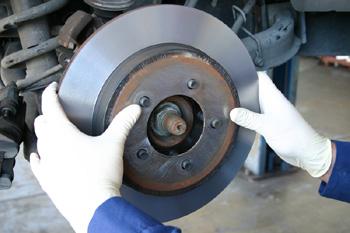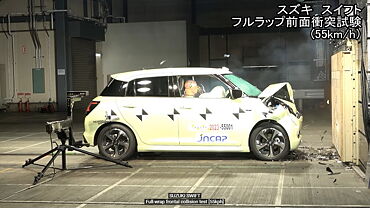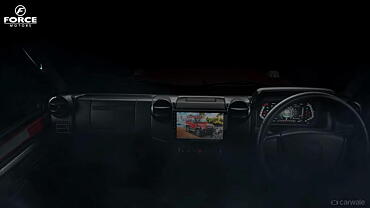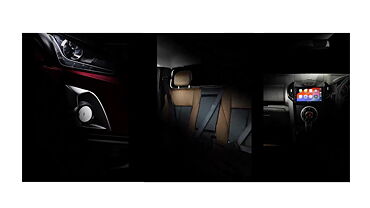For any vehicle to be safe and secure the attention to detail of all its parts has be optimum and precise, however the brake system in car should be the finest and the most intact to avert disasters on roads. For this all vehicle owners need to make sure that they refer to AutoGuide and get their vehicle examined minimum once in a year. Regular check-ups and servicing of the vehicle is advised. In addition to this, you, the owner of the car should be aware of the crucial cautionary signs that indicate that the car brakes require maintenance. Ignorance from these signs can lead to mishap on roads. You should always take care of the signs your brakes needs to be inspected and adhere to the suggestions given.

The subsequent points are the warning signs your brakes needs to be inspected:
-
Loud screeching, granulating or clicking sounds while applying your car brakes.
-
Vehicle keeps pulling aside while implementing the braking system.
-
Brake pedal is almost touching the floor before the brakes are even active.
-
Need to apply tremendous pressure to the pedal before the brake system in car engages.
-
Brake is applied at even on an insignificant touch to the pedal.
-
Brake pedal pulsates and reverberates, even under normal braking conditions.
-
Brake light is lit up on your vehicle’s dashboard.
These were the major signs your brakes need to be inspected.
Car brakes are an ordinary part that wears easily, on any vehicle and they eventually are urgently in need to be replaced.
The brake system in car is described subsequently: On pressing your brake pedal, your car transmits the physical energy from your foot to its brakes through a specific fluid. Since the actual brakes require a much greater energy than you could apply with your leg, your car must also reproduce the force of your foot. It does this in the following two ways:
-
Mechanical advantage, also known as leverage.
-
Hydraulic force multiplication: This is when the brakes transfer the physical energy to the tires through frictional forces, and then the tires transmit the same force to the road again through the phenomena of friction.



























